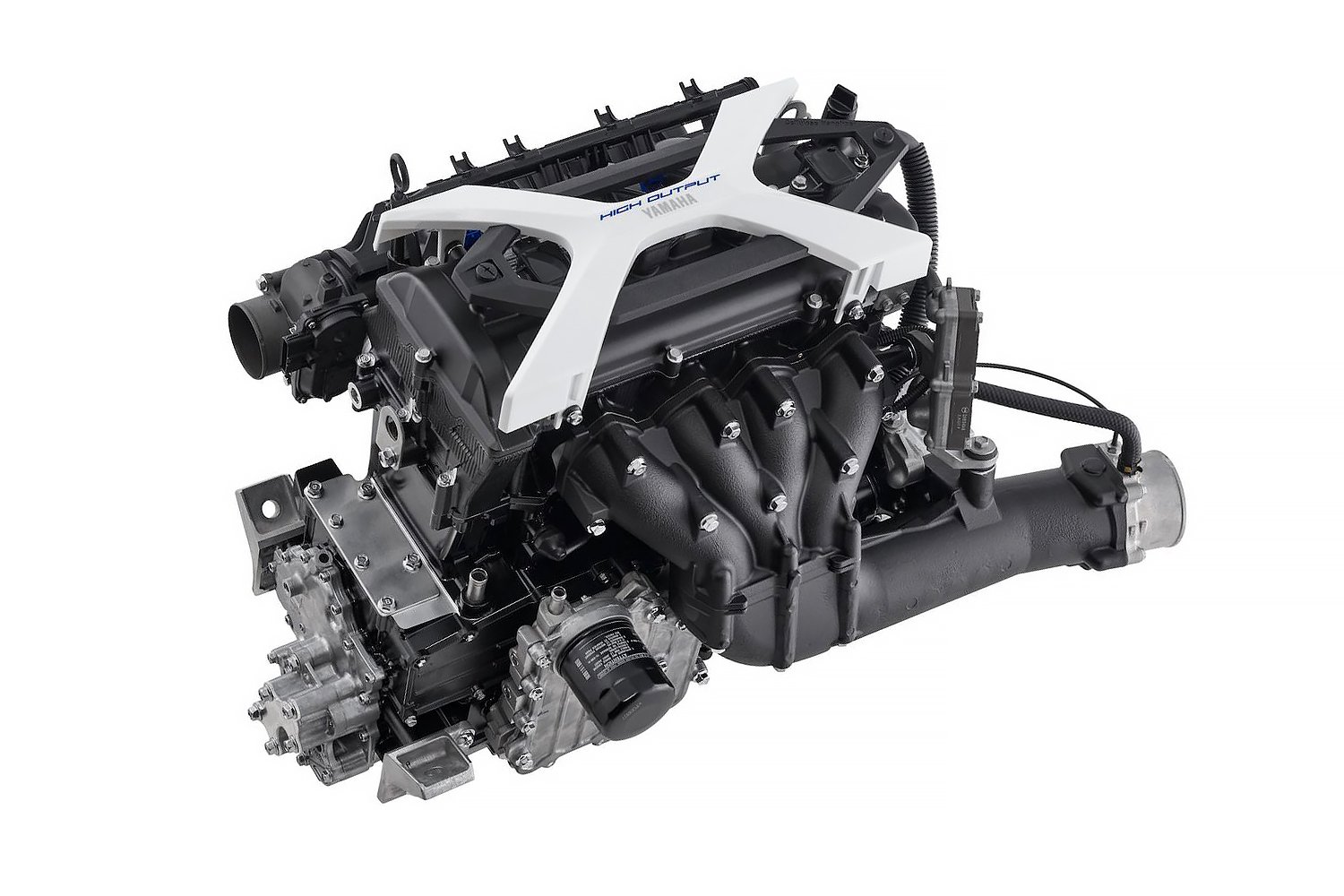If one were to turn back the hands of time and take a look at the advent of the automotive aftermarket segment, one would probably encounter Ed Winfield well ahead of anyone else. As such, it’s only fitting that he was part of the first class of inductees to the newly formed Engine Builder Hall of Fame.
Widely recognized as the creator of the aftermarket camshaft and tuned carburetor, Ed Winfield was raised in an era when cars were nonexistent. Being born in 1885 meant steam engines and simple Otto cycle engines were about as performance-focused as it got for Winfield in his early years. Yet, even from a young age, all forms of mechanized propulsion fascinated Ed Winfield.
As combustion engines became more of an obvious form of mass transit, Winfield began to build his first gasoline engine at the age of sixteen. No formal training or anything here folks. Just a backwoods Louisiana boy with an inquisitive mind and a penchant for piston power.
Now as for getting Ed Winfield to even speak to you, well that was a whole other bag of bolts, entirely. The guy was notoriously reclusive and not prone to entertaining tours of his laboratory. So, much of his engineering mind’s inner workings remain shrouded in mystery.
At age 10 Ed had the idea of working a cam over to achieve a higher lift. By the time he was 14, he was whittling on motorcycle cams, and by 1920 he was grinding cams and selling them to customers.— January 1973 issue of Hot Rod magazine
Head West Young Man, and Seek Thy Fortune!
By 1910, Winfield was 25, and eager to leave the Louisiana Bayou life. This wanderlust eventually led Winfield to Los Angeles, where the creating genius soon discovered that he had a knack for turning his engine modifications into genuine performance upgrades.
Airflow adjustments and combustion enhancements proved to be two of Ed’s greatest strengths, which soon led to extensive rounds of experimentation with cam lobe profiles and carburetor tuning and redesign.
Cam Regrind Originator
Ed Winfield’s first notable success came in the form of a camshaft called the “Maximotor.” This is not to be confused with the “Maximator,” which is a German company that specializes in suction hydraulics, high-pressure pumps, and silicone rings of various sizes. Oh, but I digress once more…
Back in the jolly ol’ US of A, Winfield’s Maximotor camshaft was seeing an impressive amount of success with racing enthusiasts and engine builders. There wasn’t a lot of competition back then, so shopping around really wasn’t an option. Anyone in search of more power had but to slap a Maximotor cam in their ride and away they went. Additionally, Winfield’s invention tended to boost efficiency levels in most applications. At least, if you could control your throttle-stomping self for more than five minutes.
Then, in 1927 Winfield’s Maximotor camshaft design gave Frank Lockhart’s “Stutz Black Hawk Special” the gumption it required to secure a win at the Indianapolis 500. Needless to say, this win caused sales to skyrocket even further.
?si=YHTnlyKl023ghZ4Z
The Carb of Champions
By the time Winfield’s engineering found its way onto the race track, he was already a bit of a celebrity in the racing community. With his camshafts powering much of the starting grid, Winfield turned his focus back toward his second passion: Carburetors.
He knew full well that by tinkering with the air-fuel ratio, you could further increase efficiency as well as power. Naturally, there was quite a bit of trial and error at first, but come the early 1920s, the Winfield carburetor was officially on the market. With its air-fuel mixture tuning capabilities brought forth via a variable venturi, carburetor adjustments could now be easily made as needed.
Within no time, everyone from the generation of hot rodders to the entirety of the racing world had Winfield’s adaptable carburetor on order or already on their vehicle. An even greater deluge of orders arrived during the throws of The Great Depression, with Winfield’s craftsmanship remaining in high demand thanks in part to his development of his revolutionary line of S and SR carburetors.
According to The Indianapolis Motor Speedway, Winfield’s carbs were so popular, that they were “…used by every winning car in the Indianapolis 500 races from 1933 through 1946, with the exception of Wilbur Shaw’s Italian Maserati in 1939 and 1940. By the time he was 21, the rather eccentric and reclusive Winfield was already being recognized as the first of California’s great cam grinders.”
Air Force Engines and a New Era of Hot Rodder
When America entered World War II, all racing activities (and hot rodding for that matter), were temporarily placed on hold. Like any patriotic US citizen worth his salt, Winfield set to contributing in the best possible way imaginable: Building a better aircraft engine.
The war over, Winfield returned to his passion for making fast cars even faster and soon discovered that he had a whole new generation of American G.I.’s itching for a fresh camshaft and carb combo. Hot rod culture and aftermarket engine tuning had officially hit their stride, and despite there being more competition than ever before, sales of Ed Winfield products continued to show zero sign of slowing down.
Ode to the Originator
In 1983, a year after Ed Winfield passed away at the age of 97, The Indianapolis Motor Speedway inducted him into its museum’s Hall of Fame, and for damn good reason. American motorsport as we know it would never have been the same without the man and his clever inventions, and for many, he was the original American hot rodder.
Much later, in 2012, Ed Winfield was inducted once more, this time into the Motorsports Hall of Fame of America. Most recently, however, Winfield was inducted into the Engine Builder Hall of Fame at the 2024 Engine Performance Expo.







